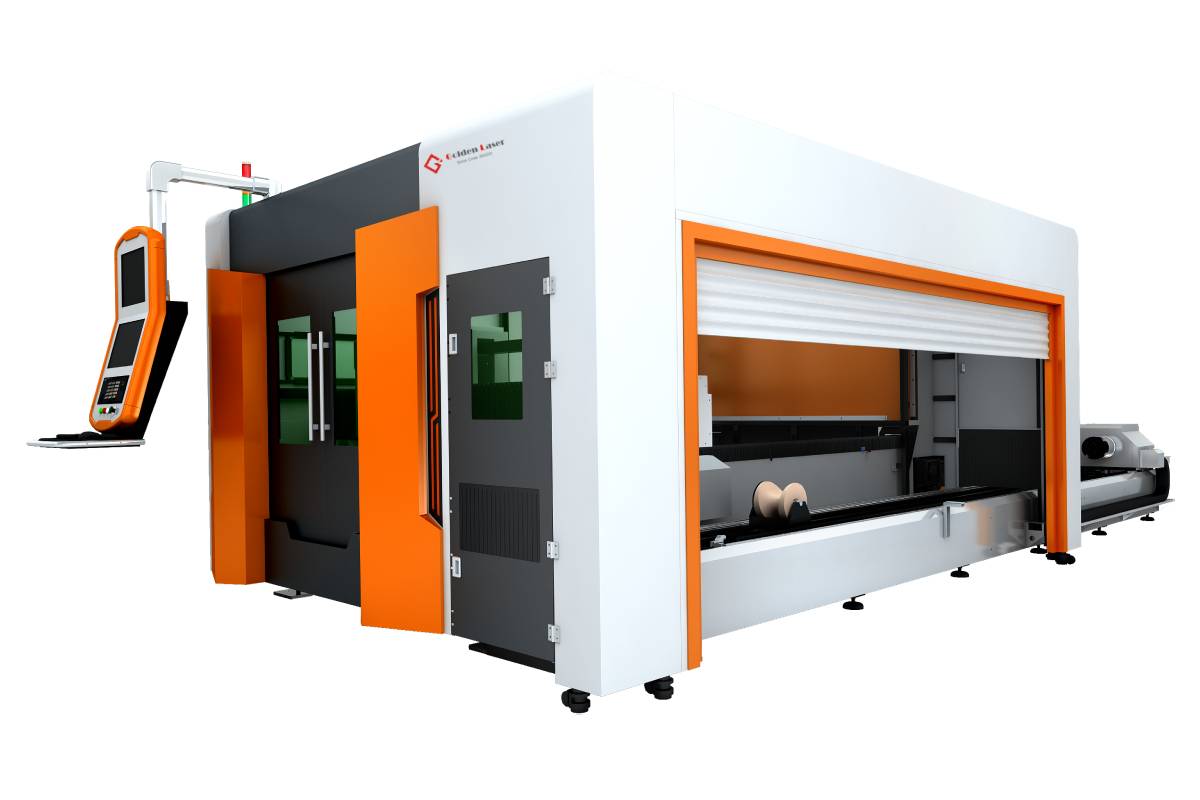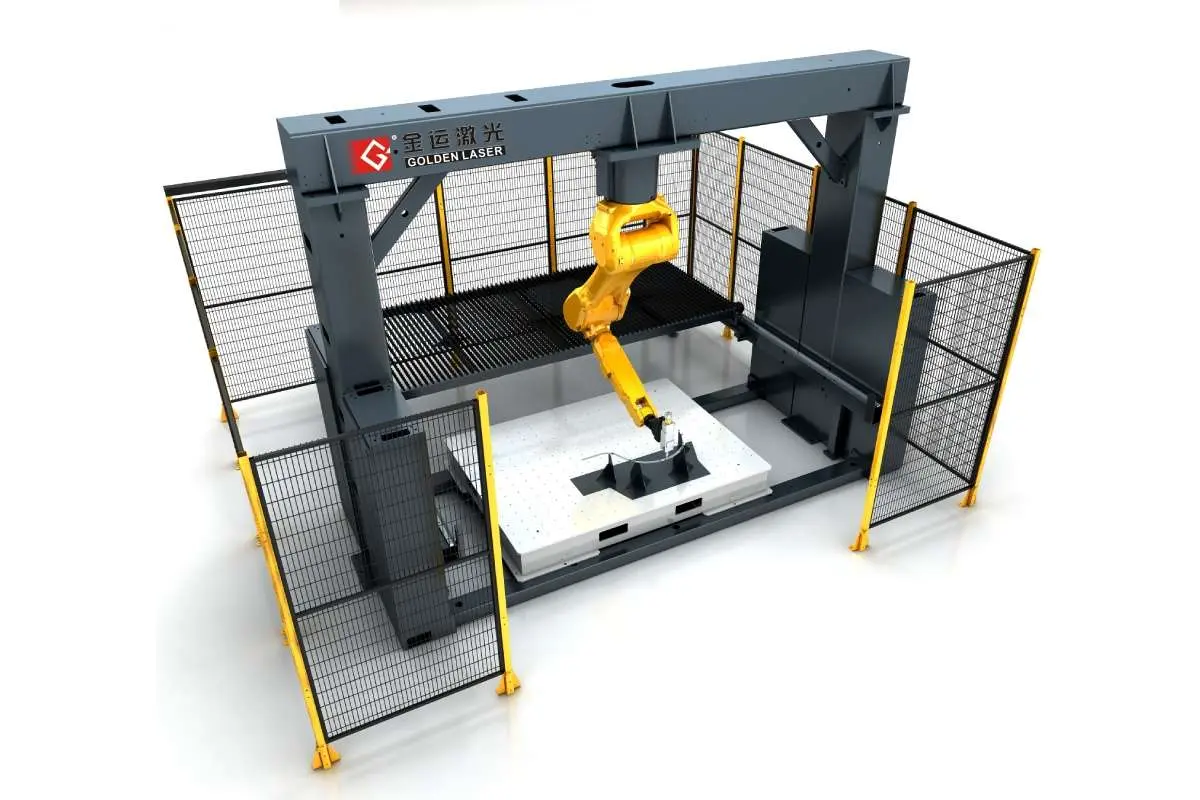****
In today’s fast-paced manufacturing environment, efficiency and precision are crucial for maintaining a competitive edge. One of the critical factors in achieving these goals is the adoption of advanced machinery that enhances production capabilities. Among these transformative machines, plate cutting machines stand out due to their exceptional accuracy and reliability. This article will delve into the advantages of utilizing plate cutting machines in modern manufacturing operations, illustrating how they contribute to improved productivity, cost-effectiveness, and precision.
Understanding Plate Cutting Machines
Plate cutting machines are specialized industrial tools designed to cut metal sheets or plates into specific shapes and sizes. They come in various forms, including CNC (Computer Numerical Control) lasers, plasma cutters, and waterjet cutting machines. Each type of plate cutting machine offers unique features and capabilities, allowing manufacturers to choose the best fit for their operational needs.
Improved Precision
One of the most significant advantages of plate cutting machines is the precision they provide. Traditional cutting methods, such as manual cutting or flame cutting, often result in tolerances that may affect the final product’s quality. In contrast, CNC plate cutting machines offer unmatched accuracy, cutting materials to within hundredths of a millimeter. This precision is vital for industries where tight tolerances are required, such as aerospace, automotive, and medical device manufacturing.
Enhanced Efficiency
In modern manufacturing, time is a critical factor. Plate cutting machines significantly expedite the cutting process compared to conventional methods. For instance, CNC plasma cutting machines can operate at speeds up to several meters per minute, allowing for quick job completion without compromising accuracy. Additionally, these machines can be programmed to execute complex designs that would be labor-intensive and time-consuming with manual methods. The result is a more efficient production line, enabling manufacturers to increase their output and meet client demands effectively.
Cost-Effective Production

The Advantages of Advanced Plate Cutting Machines for Modern Manufacturing Operations
While the initial investment in a plate cutting machine may be substantial, the long-term cost savings are considerable. Their ability to operate at high speeds and with minimal material waste translates into lower operational costs over time. Moreover, the precision of these machines reduces the likelihood of errors and scrap, thus minimizing material costs. By optimizing the use of resources and reducing rework, companies can boost their profit margins and enhance overall financial performance.
Versatility in Application
Plate cutting machines are incredibly versatile, with the capability to cut various materials, including steel, aluminum, brass, and plastics. This flexibility allows manufacturers to diversify their product offerings and adapt to changing market demands. Additionally, these machines can handle a range of thicknesses, from thin sheets to thick plates, making them suitable for various industries, from construction and shipbuilding to electronics and automotive parts.

The Advantages of Advanced Plate Cutting Machines for Modern Manufacturing Operations
Safety and Ergonomics
With the incorporation of state-of-the-art technology in plate cutting machines, safety has significantly improved. These machines typically come equipped with advanced safety features such as protective enclosures, automatic shut-off mechanisms, and real-time monitoring systems. This reduced risk of accidents ensures a safer working environment for operators. Furthermore, as automation minimizes the need for manual intervention, workers are not exposed to repetitive and potentially harmful tasks, thereby enhancing overall workplace ergonomics.

The Advantages of Advanced Plate Cutting Machines for Modern Manufacturing Operations
Future Trends in Plate Cutting Technology
The recent advances in cutting technology suggest that the plate cutting machine market will continue to evolve. Innovations such as artificial intelligence (AI) and machine learning are being integrated into these machines, enabling them to learn from previous cutting patterns and optimize their operations further. Additionally, the rise of Industry 4.0 is revolutionizing how manufacturing works, with smart factories incorporating IoT (Internet of Things) devices that connect plate cutting machines to the broader production ecosystem. This connectivity allows for real-time monitoring, predictive maintenance, and data-driven decision-making, ultimately leading to increased production efficiencies.
Conclusion
In conclusion, plate cutting machines are indispensable tools for modern manufacturing operations. Their ability to provide precision, efficiency, and versatility makes them ideal for a wide range of applications. As technology continues to advance, the benefits of adopting these machines will only get greater, paving the way for smarter, more efficient production processes. For manufacturers looking to maintain a competitive edge, investing in plate cutting technology is a strategic move that will yield significant returns in quality, productivity, and profitability. High Precision Fiber Laser Cutting Machine
